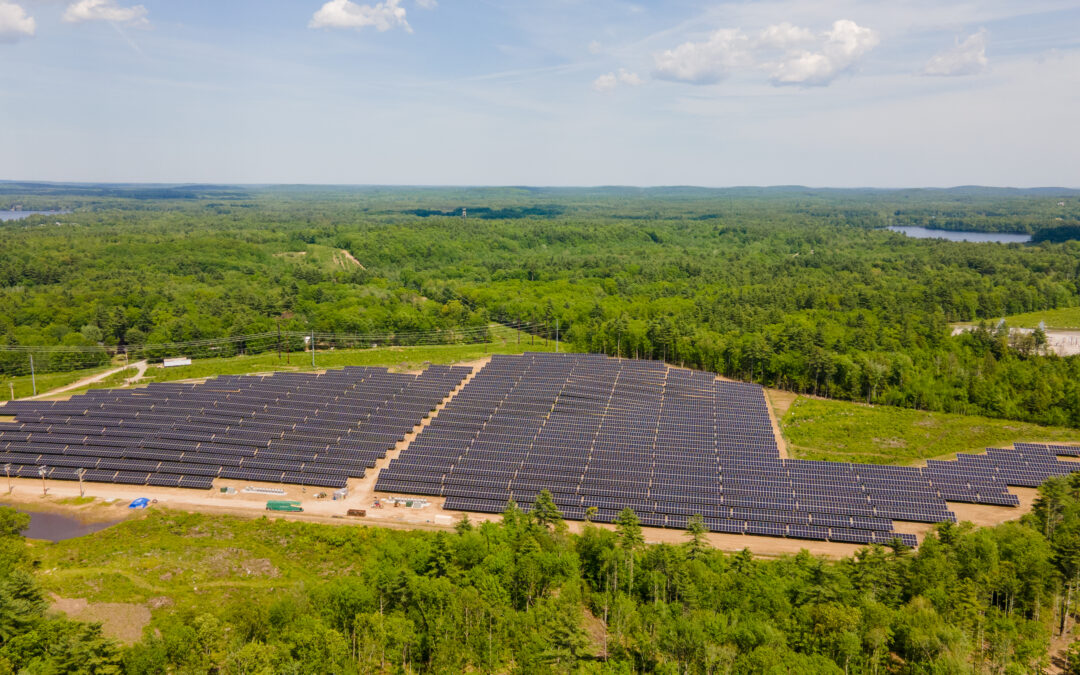Not everybody is crazy about utilty-owned solar; they fear the utilities will favor their own setup and squash independents. Nonetheless, let’s celebrate a just-barely-under-the-state’s-silly-5MW-net-metering-limit array, via a Unitil press release:
Unitil Corporation made history Wednesday when its new 4.9-megawatt solar array in Kingston – the first to be owned and
operated by a regulated distribution utility company in the state – was officially commissioned during a ribbon-cutting ceremony.
State and local officials joined representatives from Unitil and ReVision Energy to celebrate the completion of the 11,232-panel solar array, which is among the largest in New Hampshire.
Thomas P. Meissner, Jr., Unitil’s Chairman and Chief Executive Officer, described the first-of-its-kind array as a project that proves out the benefits and promise of utility-scale solar and one that’s consistent with Unitil’s sustainability and environmental stewardship goals.
The array, built off Towle Road, is expected to generate approximately 9.7 million kilowatt hours of energy in its first year of service and average 8.6 million kilowatt hours annually over its projected 40-year lifespan. It’s also estimated to save Unitil customers approximately $2 million over its lifetime of operation.
Meissner said the array will generate enough energy to provide electricity to over 1,200 homes.
Unitil, a Hampton, N.H.-based electric and natural gas provider in New England, officially broke ground on the project last spring. The array was built on a 36-acre parcel of land in the area of an electrical substation. A fenced area encompassing the solar panels, inverters, transformers and other electrical equipment will cover approximately 27 acres. It will produce electricity that will be delivered directly into Unitil’s electric distribution system, reducing the amount of energy it receives from the transmission system.
The array’s energy production will be optimized through the use of single-axis tracking solar panels that rotate on a single point throughout the course of a day, adjusting position to track the sun from east to west. There are no current plans to install energy storage at the site, but the facility was designed to potentially accommodate storage in the future. While the ribbon-cutting event was held on a cloudy morning with no sunshine, Meissner noted that the array was still producing 1.4-megawatts of electricity – nearly a third of the maximum output.


 Return to the Concord Monitor
Return to the Concord Monitor